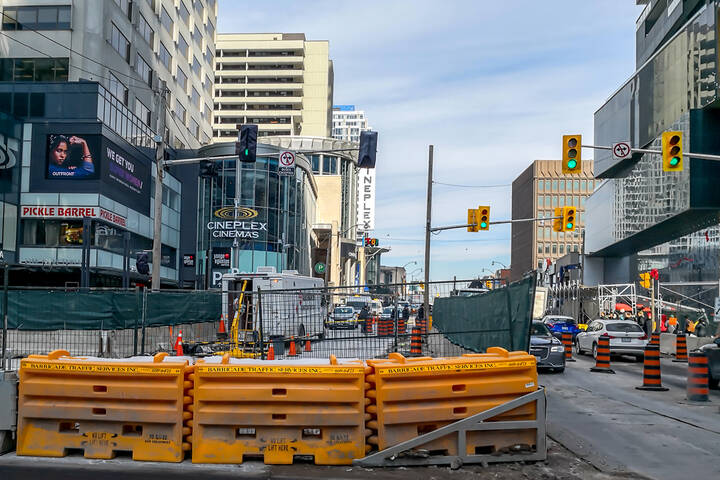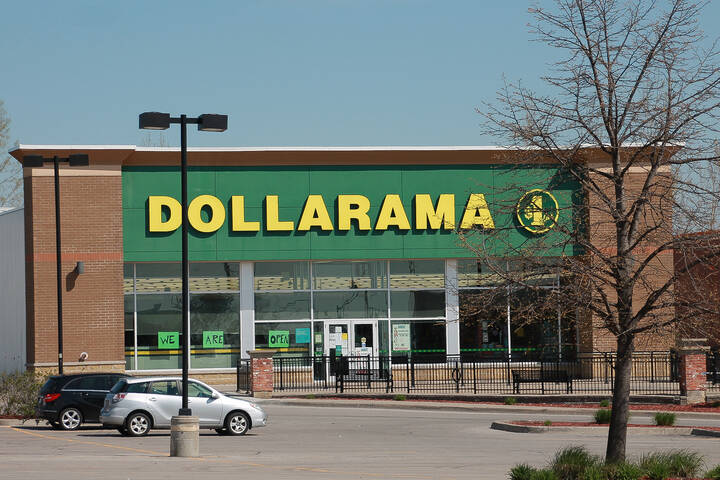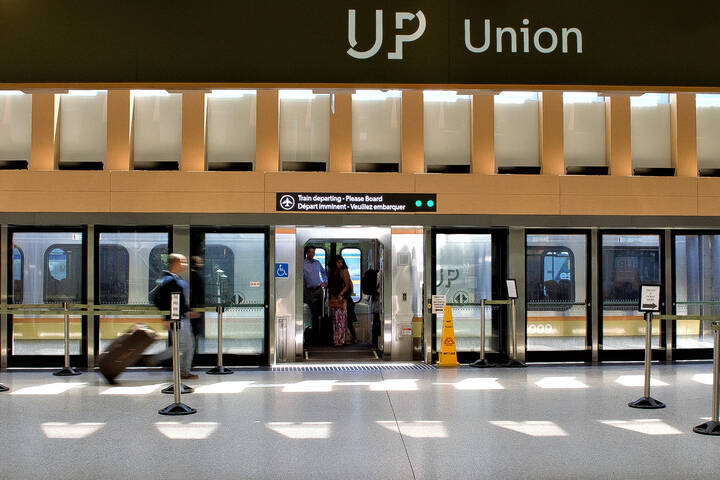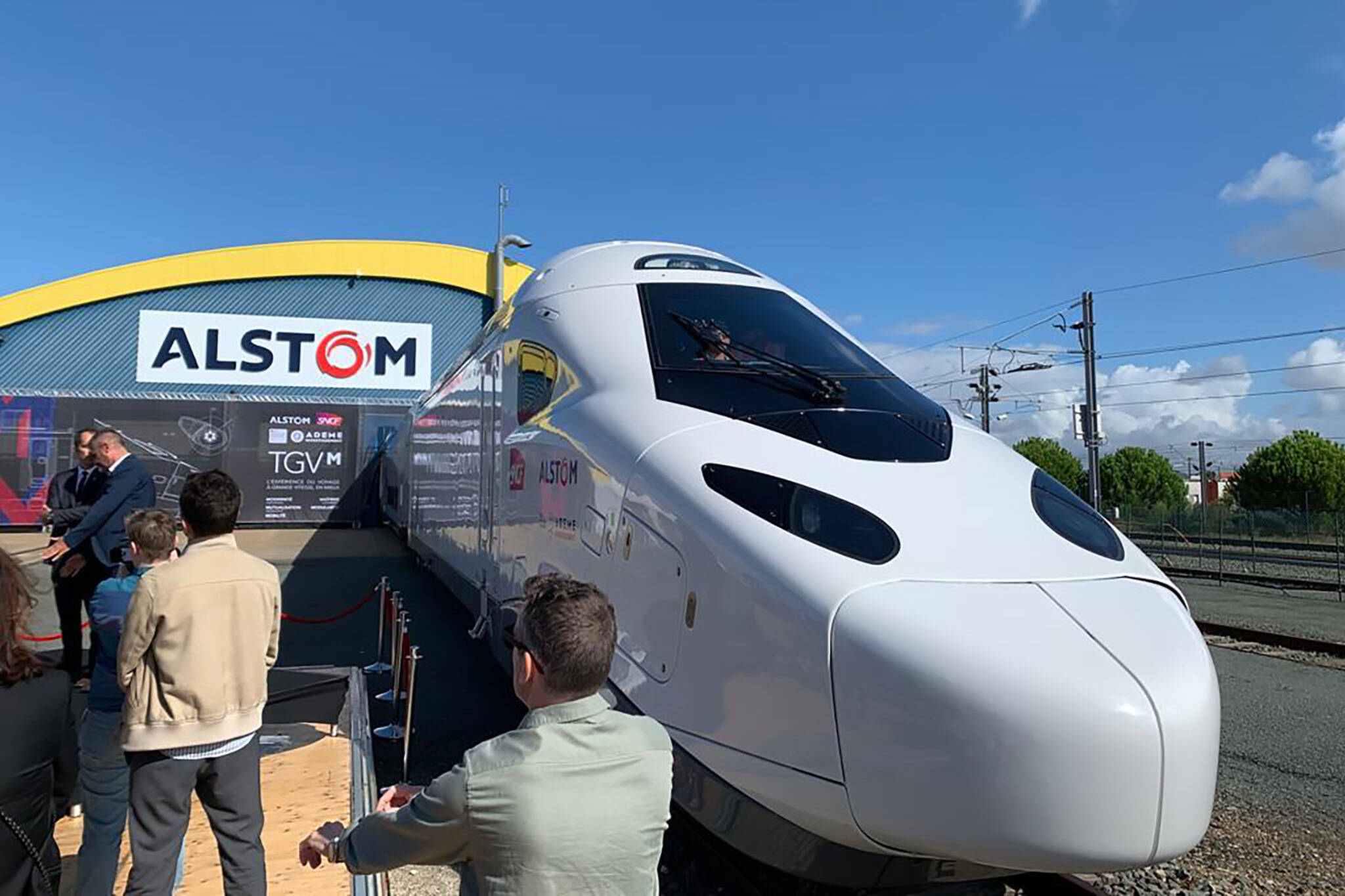
Futuristic high-speed rail line killed by Doug Ford might be back from the dead
A network of futuristic trains could have been whizzing along between Quebec City and Toronto at speeds of up to 300 km/h by now, but the 2018 election of Doug Ford as Ontario Premier marked the death of the former Liberal government's high-speed rail (HSR) plan.
Dead, yes, but it seems HSR might not be buried quite yet.
The federal government is now pressing on with a plan to expand service along the VIA Rail corridor with its high-frequency rail (HFR) project, though this scheme would see conventional trainsets operating at moderate speeds of up to 124 km/h, less than half the velocity HSR trains would operate at.
Despite the forward progress made on an (for now, extremely vague) HFR project and the apparent death of an HSR alternative operating in the Quebec-Toronto route, one of the biggest names in rail transport is lobbying for the revival of lightning-fast travel through the country's most densely-populated corridor.
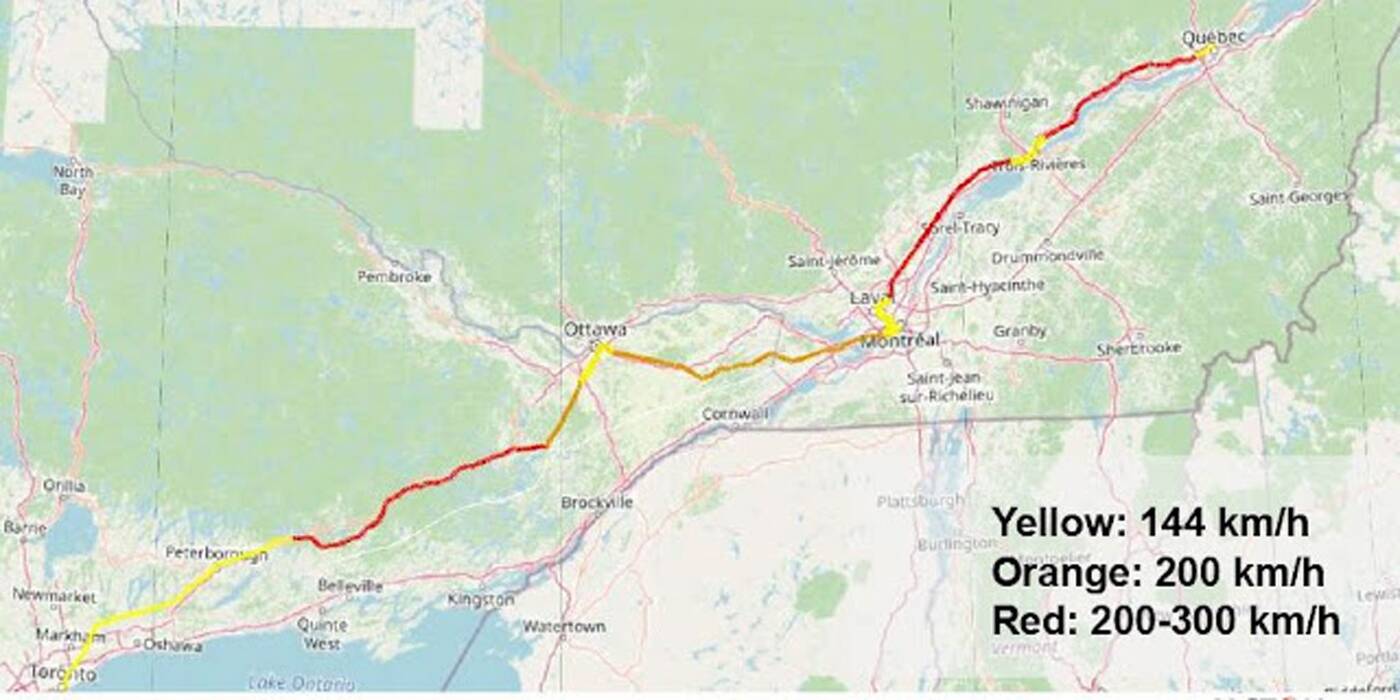
Rail advocacy group High Speed Rail Canada (HSRC) has released a presentation and maps prepared in conjunction with a bid from rolling stock manufacturer Alstom to run its new line of TGV high-speed trains on a modified HFR route.
Alstom's HSR plan reads as sort of a compromise between standard HSR and the conventional HFR model pursued by VIA. Though trains could reach peak speeds of 300 km on some stretches of track, the high-speed tracks would be strategically located and trains would operate at conventional speeds along other sections.
Though this would not be a fully-high-speed-enabled line, Alstom states that its plan is capable of cutting travel times between Toronto and Montreal down from five hours to just three.
The time required for a train trip between Toronto and Ottawa would be cut by more than half using Alstom's TGV proposal, taking just two hours versus the four-and-a-half-hour trip using conventional trains today.
HSR and HFR trains may operate at much different speeds, but Alstom stresses how both high-speed and high-frequency conventional rail can coexist on the same rail corridor, allowing for possible hybridization.
Alstom provided evidence in its presentation that the obvious time and hassle saved by HSR would reduce demand for flights. By doing so, HSR would cut down on greenhouse gas emissions and plug into Canada's broader climate goals, producing just two grams of emissions per passenger kilometre compared to 160 grams for airplanes.
Alstom
Latest Videos
Latest Videos
Join the conversation Load comments

